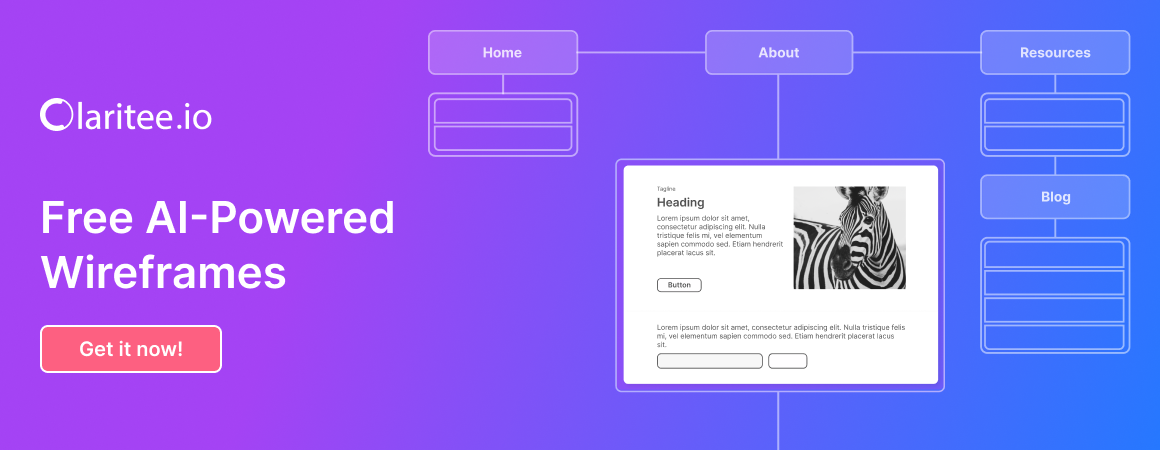Stop Designing Around “Lorem Ipsum”: The Content-First Solution
The “content-first” strategy is the key to successful product design, but most teams fail at it. They write content in a Google Doc, send it to a designer, and hope it fits the high-fidelity mockup. This isn’t a content-first strategy; it’s a “content-in-parallel” disaster. A true content-first strategy requires a tool that locks down content requirements visually before the aesthetic design phase begins. Claritee is the platform built to do this, acting as a visual blueprint where copywriters, designers, and clients can approve actual content inside a low-fidelity wireframe.
Why Your “Content-First” Approach Is Failing
If you’re still designing pages and then trying to “pour in” the content later, you’re setting your project up for failure. This “design-first” or “content-in-parallel” method leads to critical breakdowns:
- The Google Doc Problem: Content written in a document has no connection to the visual hierarchy or spatial constraints of the page. The “perfect” headline is suddenly three lines too long.
- Aesthetic Distractions: When you put content into a high-fidelity mockup (like in Figma), clients get distracted by fonts, colors, and images. They stop reviewing the message and start critiquing the design.
- No Approval SSOT: The “final” content lives in multiple places: the doc, the design file, a Slack message. There is no Single Source of Truth for what was actually approved, leading to launch-day panic.
How to Execute a True Content-First Strategy with Claritee
Claritee’s platform is built on the content-first principle. It forces you to separate structure and content from aesthetics.
1. Visualize Content Structure with Lo-Fi Wireframes
Instead of a blank Google Doc, your copywriters and content strategists start in Claritee’s low-fidelity wireframing tool.
- They can drag and drop text blocks, headlines, and calls-to-action.
- This forces them to write content that fits the actual page structure.
- Stakeholders can instantly see how the message flows, without being distracted by design.
2. Collaborate and Approve Content in Context
Your copywriter, designer, and client can all collaborate directly on the wireframe.
- A copywriter adds the headline.
- The client comments on it.
- The copywriter revises it.
- The client clicks “Approve.”
3. Create the Content Audit-Trail
This is the critical step. Every “Approve” click is logged in Claritee’s approval audit-trail. You now have a timestamped, indisputable record that the final content was approved by the client, all before a high-fidelity designer was ever involved. This approved wireframe becomes the Content Single Source of Truth (SSOT).
From Approved Content to Flawless Design
Now, your design team isn’t guessing. They receive a locked-down blueprint of exactly what to design for.
- No More Rework: Designers can use Claritee’s AI to instantly turn the approved wireframe (with all the final content) into a high-fidelity prototype.
- Faster Handoff: Developers get a single link to a blueprint that contains the approved content, structure, and design, eliminating confusion.
- Seamless Publishing: You can even push the approved content and design directly to WordPress and Webflow from Claritee.
⭐ Next Step: Stop Designing Around Placeholders
A content-first strategy requires a content-first tool. Stop the chaos of Google Docs and start building on a foundation of approved, finalized content.
Stop designing around Lorem Ipsum. Get your free content-first blueprint at claritee.io.







